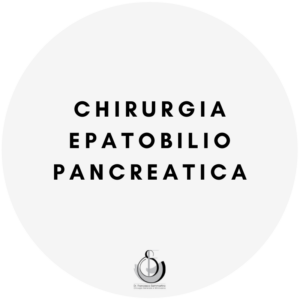Surgical site infection (SSI) is the most common healthcare-associated infection, accounting for 31% of all infections among hospitalized patients. Advances have been made in infection control practices (operating room ventilation, sterilization, barriers, surgical technique, antibiotic prophylaxis…) but, despite these, SSI remains an important cause of morbidity, prolonged hospitalization and death. Surveillance with feedback to surgeons has been shown an important component of strategies to reduce SSI risk. With this review we aim to make clear the criterion for SSI.
Wounds are divided in four classes:
– Clean: an uninfected operative wound in which no inflammation is encountered and the respiratory, alimentary, genital or uninfected urinary tracts are not entered.
– Clean-contaminated: operative wounds in which the respiratory, alimentary, genital or urinary tracts are entered under controlled conditions and without unusual contamination.
– Contaminated: open, fresh, accidental wounds. Operations with major breaks in sterile technique or gross spillage from the gastrointestinal tract and incisions in which acute, nonpurulent inflammation is encountered including necrotic tissue.
– Dirty or infected: old traumatic wounds with retained devitalized tissue and those that involve existing clinical infection or perforated viscera.
Surgical Site Infection is divided into three categories:
– Superficial incisional SSI.
– Deep incisional SSI.
– Organ/space SSI
Criterion for Superficial Incisional SSI:
– < 30 days from surgery.
– AND involves only skin and subcutaneous tissue of the incision.
– AND the patient has ONE of the following:
– Purulent drainage from the superficial incision.
– Organisms identified from an aseptically-obtained specimen from the superficial incision or subcutaneous tissue.
– Superficial incision deliberately opened by the surgeon and a culture or non-culture based testing is not performed AND patient has pain or tenderness, localized swelling, erythema or heat.
– Diagnosis of superficial incisional SSI by the surgeon.
Criterion for Deep Incisional SSI
– Within 30 to 90 day from surgery.
– AND involves deep soft tissues of the incision.
– AND patient has at least ONE of the following:
– Purulent drainage from the deep incision.
– A deep incision the spontaneously dehisces or is deliberately opened or aspirated by the surgeon and organism is identified by a culture or non-culture based microbiologic testing method, AND patient has fever (>38ºC) or localized pain or tenderness.
– An abscess or other evidence of infection involving the deep incision that is detected on gross anatomical or histopathological exam or imaging test.
Criterion for Organ/Space SSI:
– Within 30 to 90 days from surgery.
– AND infection involves any part of the body deeper that the fascia/muscle layers, that is opened or manipulated during surgery.
– AND patient has at least ONE of the following:
– Purulent drainage from a drain that is placed in the organ/space.
– Organisms are identified from an aseptically-obtained fluid or tissue in the organ/space by a culture or non-culture based microbiologic testing method.
– An abscess or other evidence of infection involving the organ/space that is detected in gross anatomical or histopathologic exam or imaging test evidence suggestive of infection.
Surveillance of SSI is important as it helps to implement strategies to reduce the risk of SSI and allows appropriate treatment.













